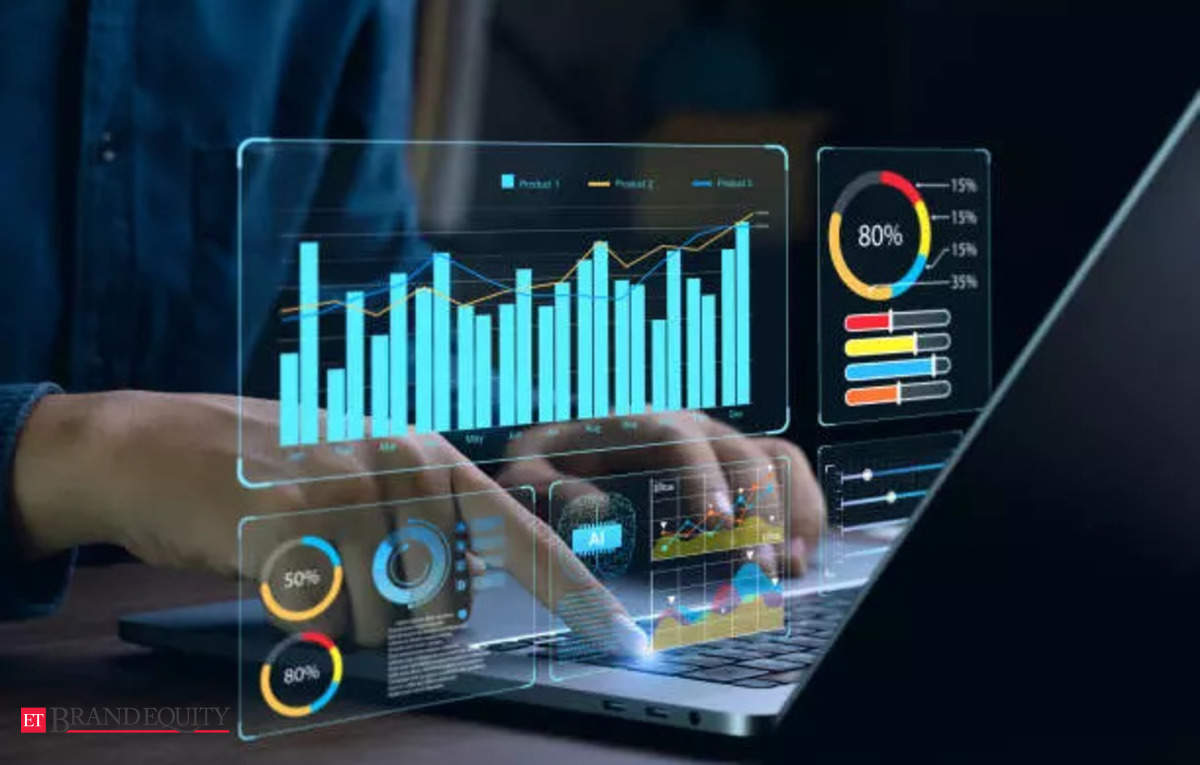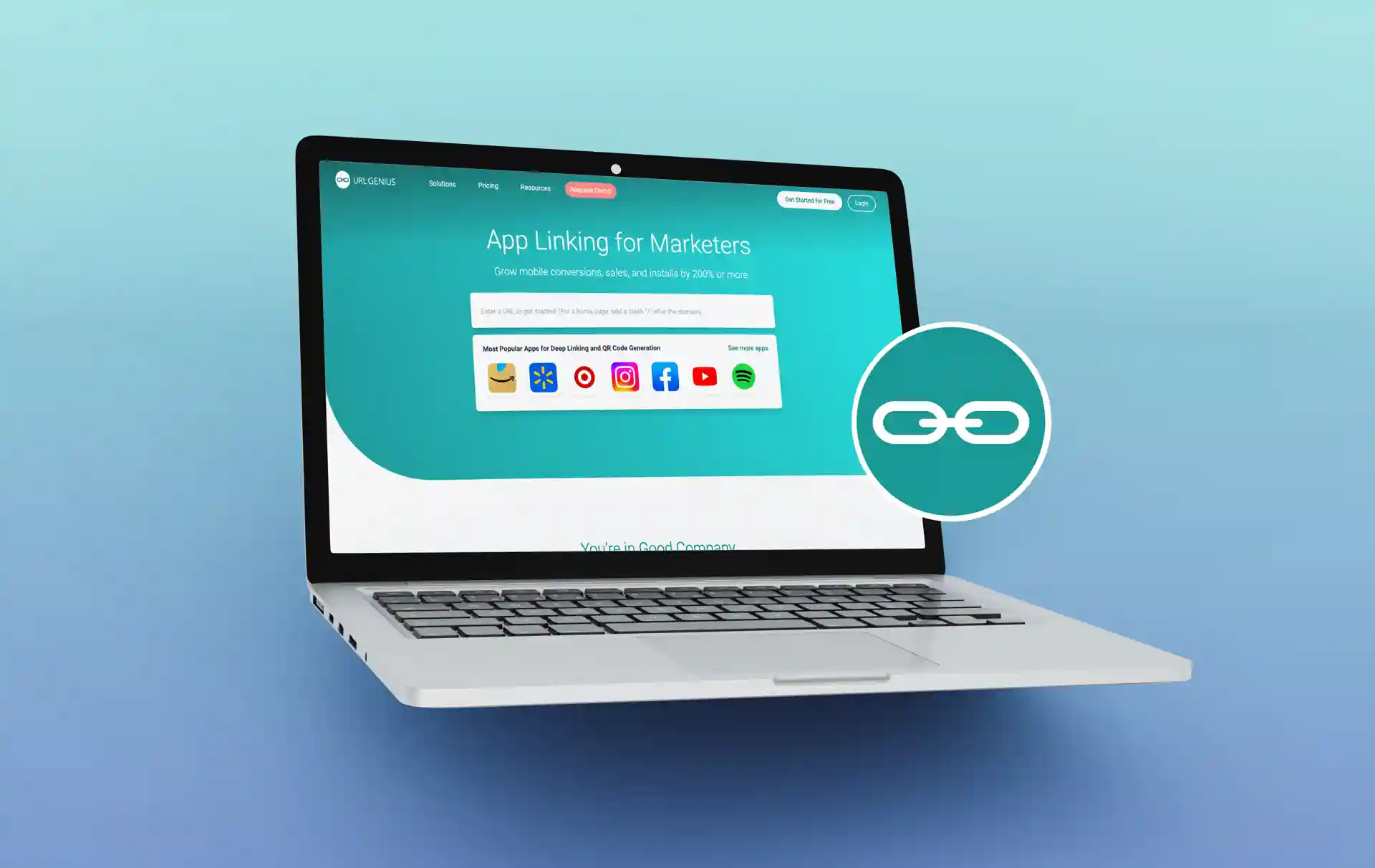Representative image (iStock)
“/>Representative image (iStock)Crafting a distinctive mobile application involves more than just innovative features. What truly sets a mobile app apart is how it engages with its users and understands the needs of its audience.
From an erstwhile situation in 2022 where iOS apps and Android apps had witnessed a retention rate of 9.4% and 6.5% respectively, after a week from the first install (Source: Satista: Mobile app monetization in 2022 and 2023), the worldwide market hit a plateau with 257 billion downloads, increasing by only 1% in 2023 (Source: Statista: Number of mobile app downloads worldwide from 2016 to 2023).
Marketers and developers are rightfully focusing on increasing in-app advertising budgets to enhance user retention. Understanding their target audience and analyzing their app’s performance can help determine their mobile app’s success and failure, making working with MMPs (Mobile Measurement Partners) increasingly significant. Consider them as an external marketing partner which can help track the origin of an app’s installation and highlight the effectiveness of each source. MMPs also aid in marketers’ quest of maximizing user acquisition, by giving them a thorough analysis of the in-app user behavior data amongst the larger internal marketing data.So how can marketers leverage the power of MMPs? The answer rests in combining in-app analytics and MMP data to frame successful app marketing strategies and increase user retention. Here’s what digital marketers need to keep in mind.
MMP data can help identify campaign performance indicators, like in-app purchases. But more than that, marketers need to monitor user events that can help them optimize their future marketing campaigns. That’s when in-app analytics data becomes critical.
By getting a holistic understanding of user behavior across various touchpoints, marketers can foster segmentation strategies and develop targeted campaigns enriched with personalized messaging. For example, understanding early in-app user behavior, like sections viewed, taps, number of cart abandonment, etc., along with MMP data, can help frame targeted marketing campaigns that drive conversions. For instance, marketers may observe some of the first-time users having abandoned their cart because of price points. In such scenarios, they can use MMP data to analyze the media source of the app download and offer a voucher through the same media source to lower the cases of cart abandonment. It helps to constantly monitor and redefine target strategies to meet user needs while managing inevitable returns. Gradually, marketers will be able to acquire and retain high-value users by ensuring compelling, personalized experiences. Secondly, by measuring campaign performance against various traffic or campaign sources, marketers can not only gauge and act upon app personalization trends but also quantify the impact of such personalization efforts, ultimately refining future campaigns to better suit user preferences and needs.
Besides optimizing campaign performance, MMP data and app analytics can detect campaign inefficiencies by detecting anomalies and identifying fraudulent activities like click fraud or attribution manipulation. Marketers can quickly determine a suspicious pattern in case of an install or attribution fraud and differentiate between a fake and original click by analyzing traffic sources and user engagement within the app. Access to such datasets empowers marketers to take action before damage is done and enhance campaign effectiveness.
Additionally, greater visibility into ad campaigns provides granular details around campaign performance–which channels or campaign types perform better than the rest. Marketers can drive decisions based on data rather than assumptions, devise effective strategies, and allocate ad spend wisely, optimizing app development as well as marketing.
– Thankfully, marketers have a couple of methods at their disposal to merge these datasets, enabling strategic decision-making. API Connections or Third-party Platforms, located on a server pull in external data and combine with mobile app analytics, ensuring seamless data transfer.
– Data visualization Tools are very helpful for collecting insights from multiple sources and presenting it through charts and graphs in a single-view dashboard. Marketers can also customize the dashboard according to their goals and monitor campaign performance.
– Cross-platform Tracking of user behavior during their purchasing journey helps overcome the obstacle of data silos by synchronizing MMP and in-app analytics datasets.
A comprehensive dashboard ensures a single source of truth and makes it easier for marketers to analyze data and identify patterns. Cutting-edge performance marketing platforms deploy machine learning algorithms to make accurate predictions based on data patterns. From initial ad clicks to in-app interactions and conversions, ML algorithms can process large datasets and develop targeted marketing campaigns by forecasting user behavior.
However, integrating datasets can disrupt operations and introduce data quality issues, underscoring the importance for marketers to prepare meticulously for a seamless transition. Maintaining regular data hygiene is crucial to obtaining accurate and consistent information across platforms. This practice eliminates inaccuracies, duplicates, and outdated data, ultimately ensuring a smooth process and maintaining clean datasets.
A detailed view of a user journey gives marketers more freedom to experiment and manage targeted campaigns. By combining MMP data and app analytics as a powerful toolkit this year, marketers can not just attain data but also maximize the impact of their marketing efforts, drive user retention, and improve ROI.
This article delves into the latest transformative trends. The author explores how AI and Big Data are creating sustainable supply chains, empowering consumers to become eco-conscious decision-makers, and propelling brands towards a greener future. It also showcase leading brands harnessing technology to champion sustainability, paving the way for a more responsible and eco-friendly tomorrow.
As India’s MarTech landscape matures, organisational priorities have shifted. With investments in MarTech growing year-on-year, the CFO is ringing alarm bells to reign in escalating costs. Organisations are bringing operational optimisation within the MarTech stack, meaning that they are striving to build a lean stack in response to changing market conditions.
- Published On May 11, 2024 at 09:23 AM IST
Join the community of 2M+ industry professionals
Subscribe to our newsletter to get latest insights & analysis.
Download ETBrandEquity App
- Get Realtime updates
- Save your favourite articles
![]()
![]()
Scan to download App





